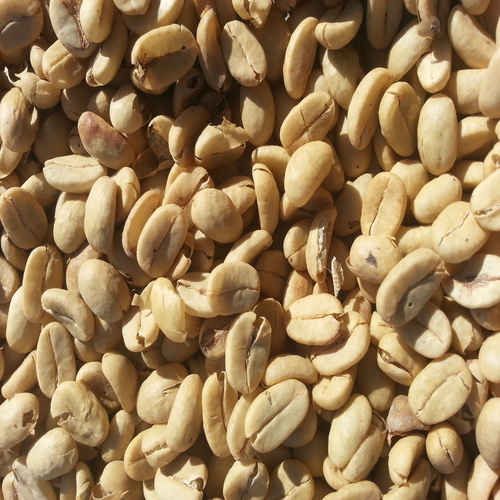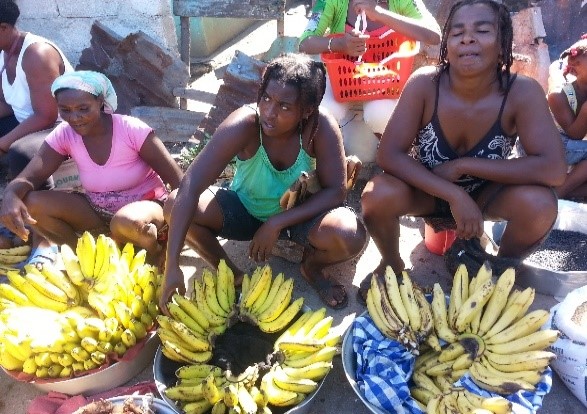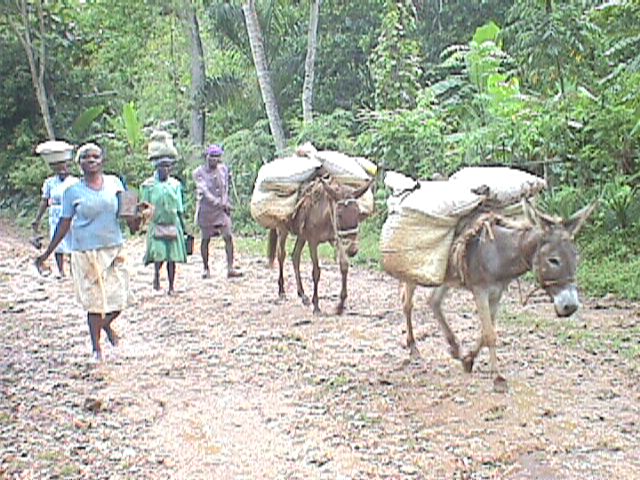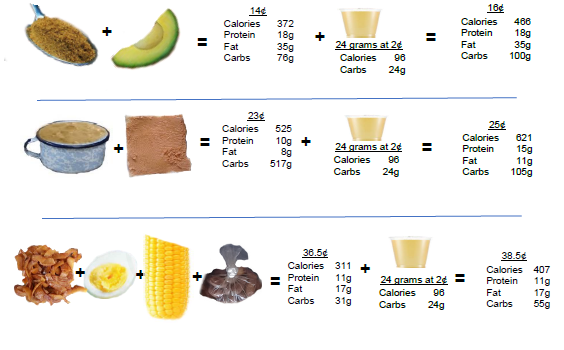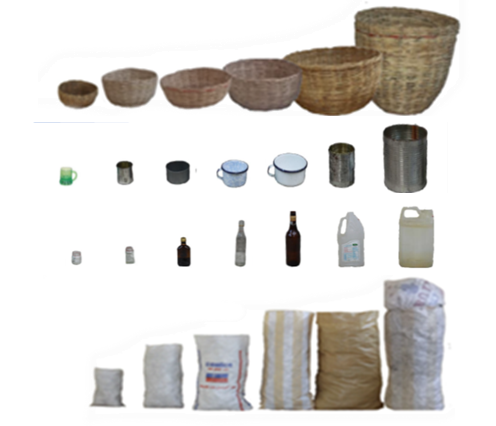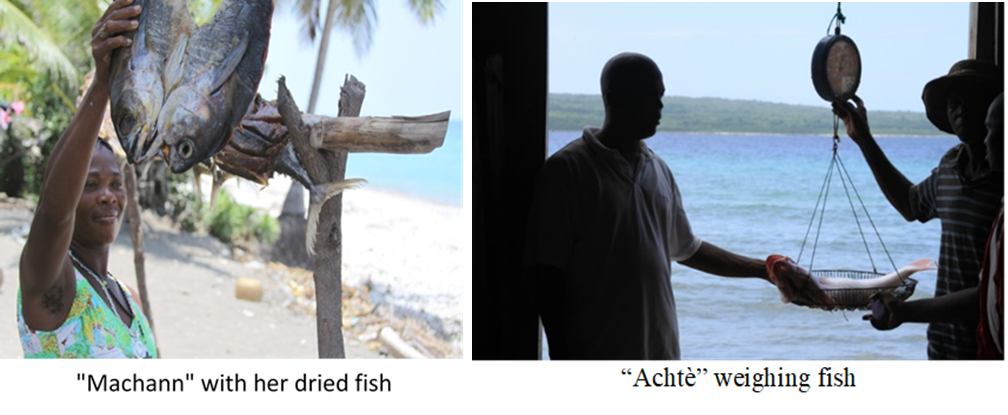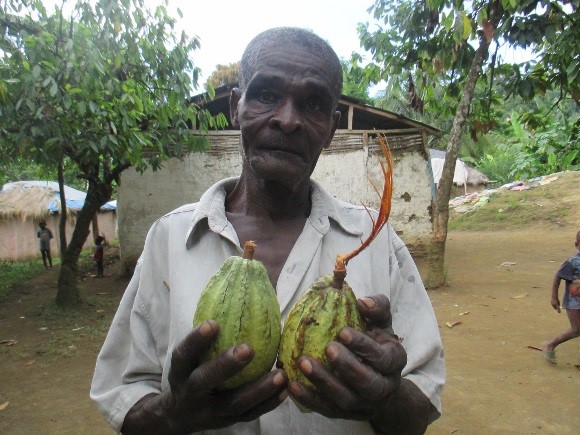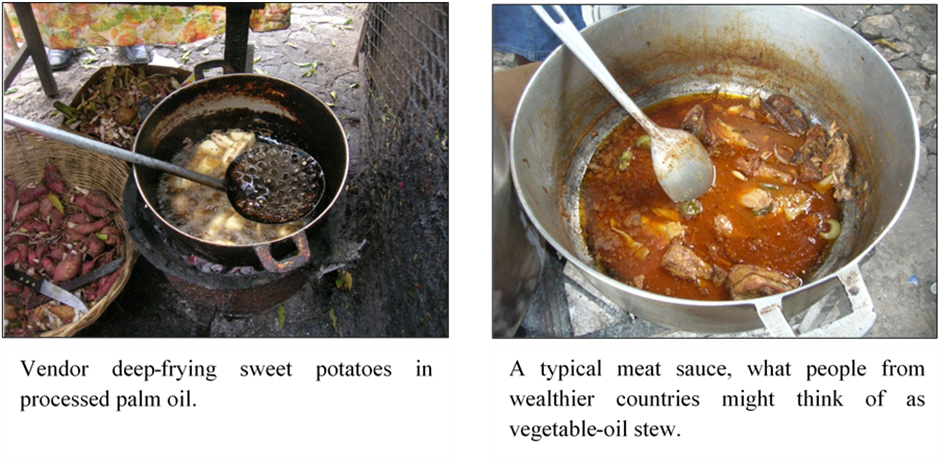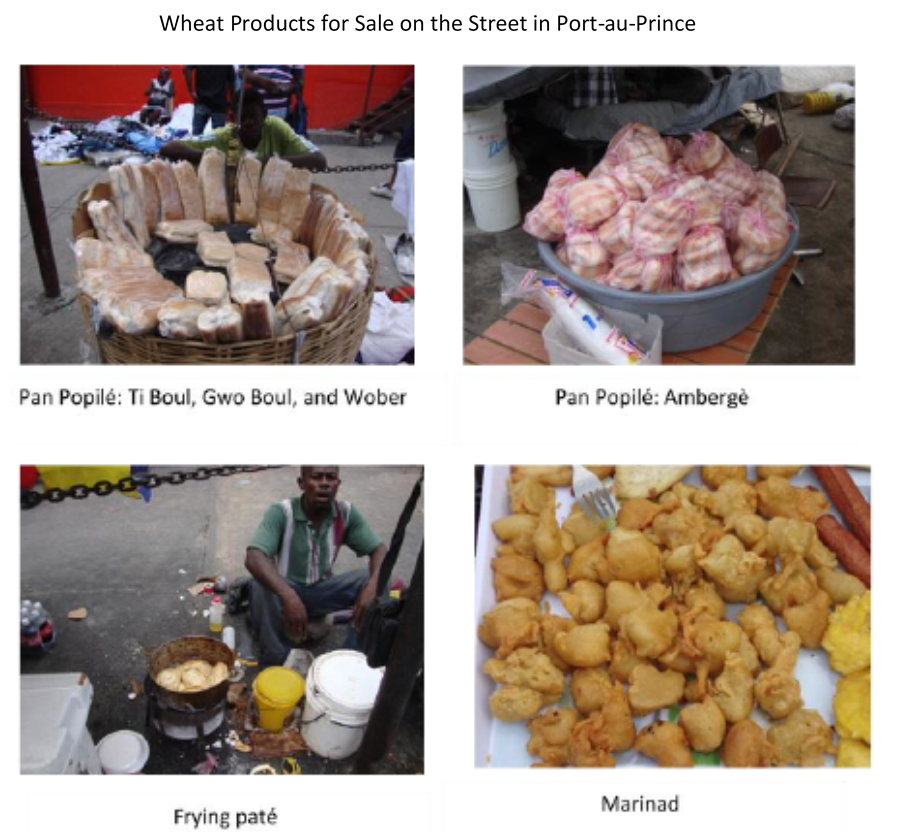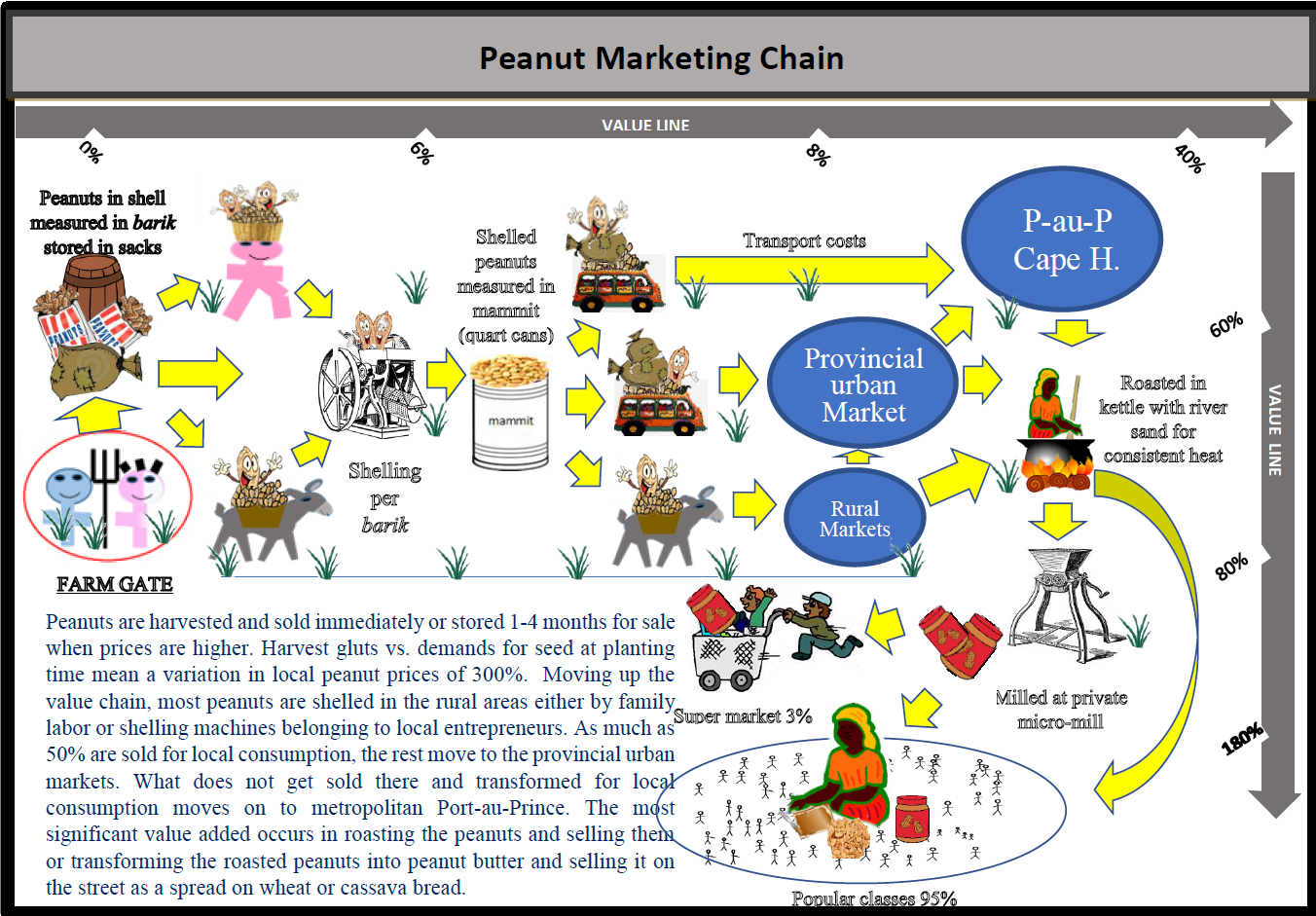Haiti Coffee Report for Root Capital (2014)
This report describes baseline data collected to help assess Root Capital’s impact on coffee production in one of its target regions of Haiti. The research was conducted under the auspices of Socio-Dig, a Haiti-based research company. The survey focused on farmers in the Savannette-Baptiste area of the Departement du Centre. Most of the respondents were members ofRead More
Haiti Anthropology Brief: Plantain and Banana Value Chains
Where there is moist, irrigated soil, plantains and bananas are the preferred crop in Haiti. They consistently rank among the top three crops that rural Haitians plant. Eighty percent of rural Haitians plant them and virtually all Haitians eat them. They are to Haitians what the potato is to North Americans. And for reasons describedRead More
Haiti Anthropology Brief: Defining the Haitian Madam Sara
Named for a migratory bird that assiduously searches for and finds food wherever it goes, the Haitian madam sara (pronounced ma-dan sé-ra) acts as the critical market link between rural producers and the urban consumer, most importantly the 30% of the national population who live in Port-au-Prince, many of whom work for wages and receiveRead More
Snacks, Meals, Prices, and Nutritional Content for Proposed Locally Procured School Feeding Program in Haiti
This article addresses the prospects for true, locally procured meals for a national school feeding program, something that does not yet exist. We present a series of the most commonly available local Haitian foods together with street costs and nutritional analysis. The suggestion is that prepared food containing twice the calories and protein available inRead More
Weights vs. Volume Measures: Overview of Haiti Informal Market Volume Measuring System
The most significant measures for both the market woman and the typical customer in Haiti are those used to measure the most popular staple foods: cans and cups from the mammit (3 litre can), to the ti mammit (500 ml can), to the gode (440 ml), demi gode (320 ml) and the bwat let (180Read More
Gender and the Fish Market Chain in Haiti
NGO Interventions, Associations and the Market Chain: Risk of Putting Women out of Business NGOs have intervened in the purchasing-processing-storage-and-marketing chain to help fishermen get better prices for their fish and thereby bolster income to impoverished households. This support has encouraged the formation of male-dominated fishing associations. In addition to help with offshore fishing, theyRead More
Cacao Value Chain in Haiti
This paper summarizes the history of cacao globally and in Haiti, and then explores the cacao value chain in Haiti’s two cacao growing region, the Department of the Grand Anse communes of Chambellan, Dame-Marie, Anse d’Hainault and Irois, and Department of the North communes of Borgne, Port-Margot, Grande Rivière du Nord, Acul du Nord andRead More
Edible Cooking Oil Market Chain in Haiti
Edible oil is yet another area where US special interests and Haitian merchant elites have benefited greatly from US government subsidies and overseas programs. For example, although to my knowledge virtually never cited as a cause, conspiratorially minded observers might seize on the coincidence of the 1982 US sponsored eradication of the Haitian pig—which effectivelyRead More
Wheat Market Chain in Haiti
Although largely ignored in terms of impact on local production, wheat imports have had as great an impact undermining the Haitian local agricultural economy as rice. Unlike rice, Haiti grows no wheat, but thanks to a US subsidized mill through which passes 85 percent of all wheat entering Haiti and an annual importation of moreRead More
The Peanut Ethnographic Value Chain in Haiti
Peanuts are endemic to Haiti. Pre-Columbian Taino Indians planted them. Haitians have always planted and eaten peanut products as, or more frequently, than any other food that is not part of the main mid-day meal. Haitians prefer locally produced varieties over imported peanuts. In this paper we examine the peanut value chain, taste preferences, andRead More
